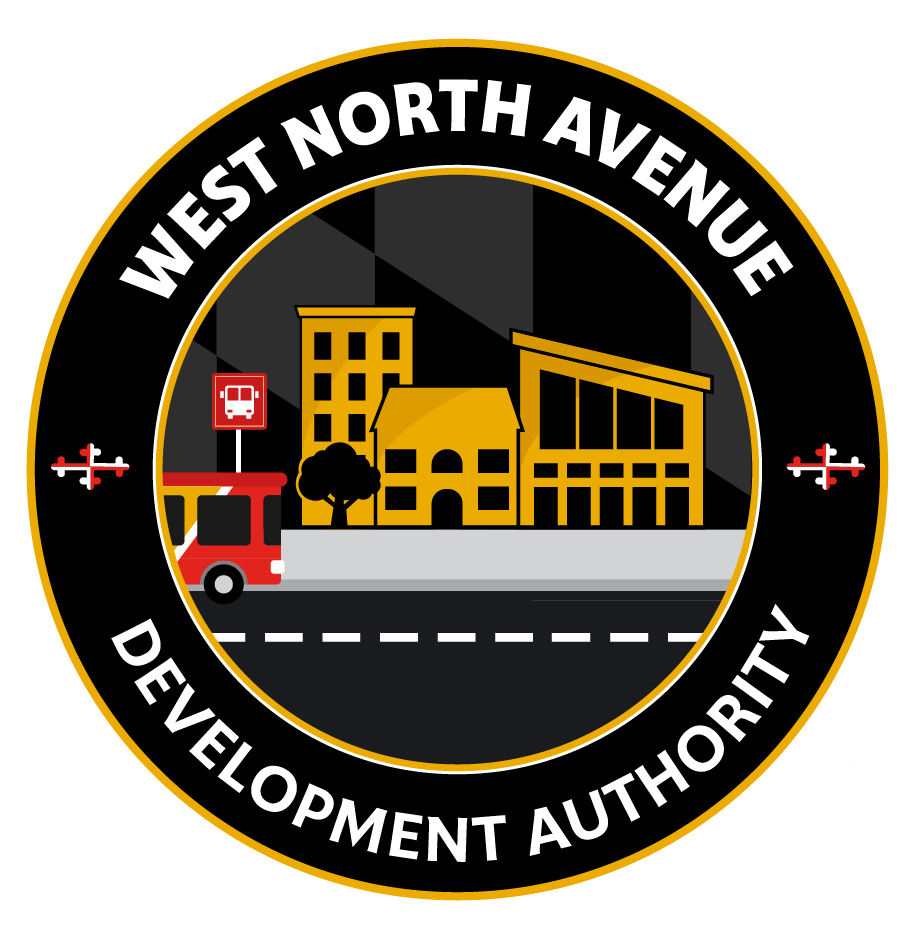Baltimore Vacants Reinvestment Council Publishes Annual Report
Fiscal Year 2025 Annual Report highlights progress, outlines strategy, and proposes recommendations related to accelerated vacancy reduction in Baltimore City
NEW CARROLLTON, MD (October 20, 2025) – Maryland Department of Housing and Community Development Secretary Jake Day announced the Baltimore Vacants Reinvestment Council has published its Fiscal Year 2025 Annual Report and submitted it to Governor Wes Moore. Established in October 2024 by Governor Moore’s Reinvest Baltimore executive order and chaired by Secretary Day, the Baltimore Vacants Reinvestment Council brings key community, corporate, philanthropic and government leaders together to coordinate the revitalization of 5,000 vacant properties in Baltimore City within five years into homes and other community assets. The report summarizes the council’s efforts to coordinate and synchronize City, State, and private efforts to align and leverage investment, including $100 million in FY25 and FY26 state resources, for whole-block redevelopment strategies that support stronger, more inclusive communities.
“For far too long, there have been far too many vacant properties in Baltimore, limiting opportunities for homeownership, small businesses, and other revitalization activities that unlock the economic potential of Baltimore. The Baltimore Vacants Reinvestment Council was created to guide investment and strategy to responsibly and rapidly reduce Baltimore’s glut of vacant properties,” said Secretary Day. “The council did not shy away from the difficult discussions or hard work that is needed to solve Baltimore’s vacancy problem, and I am grateful for our ongoing partnership. This report is a reflection of the significant progress that has been achieved and offers recommendations to further improve and accelerate Reinvest Baltimore’s vacancy reduction efforts.”
Per the annual report, $100 million in state grants awarded through the Baltimore Vacants Reinvestment Initiative will finance the acquisition, demolition, stabilization and renovation of more than 2,000 vacant properties. This includes both Fiscal Year 2025 program awards announced in December 2024 and Fiscal Year 2026 funds announced in July 2025, resulting from a new, refined, accelerated application and award process designed to better support partner community development organizations.
“This groundbreaking partnership between the city, state, business, and community is bringing historic levels of investment into underinvested communities in Baltimore,” said Chief Administrative Officer for the City of Baltimore and Councilmember Faith Leach. “By focusing on improving delivery chains, expanding opportunity and anchoring our decision-making in data, the Baltimore Vacants Reinvestment Council is poised to drive the transformation our communities deserve.”
The Baltimore Vacants Reinvestment Council report also summarizes Mayor Brandon Scott’s vacancy reduction strategy and the Council-endorsed value of whole-blocks revitalization. This whole-blocks approach focuses on rapid redevelopment of vacant properties on contiguous prioritized blocks, including: building mixed-income housing, including affordable options; preserving legacy homeownership while attracting and empowering new homeowners; implementing placemaking improvements and community assets; and promoting and growing services and retail options in walkable communities. The report also proposes a series of recommendations to refine and streamline processes and activities to achieve the necessary speed and scale to achieve the vacancy reduction goals set by Reinvest Baltimore.
“The Baltimore Vacants Reinvestment Initiative and the State of Maryland’s annual investment of $50M in related revitalization efforts holds great promise to catalyze neighborhood renewal efforts across the city,” said President and CEO of the Goldseker Foundation and Councilmember Matthew Gallagher. “The Council’s annual report describes the important work undertaken over the last year to reduce the number of vacant properties in Baltimore and accelerate community-supported redevelopment efforts. This work will be ongoing for years to come, and it is critically important to be transparent about all steps being taken and barriers partners and stakeholders are working to overcome.”
“Baltimore City has made historic progress on crime and now it’s time to make history again by making housing vacancy an artifact of our past. Our communities deserve to be whole and vibrant,” said Vice President for Public Impact Initiatives at Johns Hopkins University and Councilmember Beth Blauer. “The work of the BVRC is focused on bringing Maryland’s housing stakeholders together to find evidence-based, data-informed reforms on the full spectrum of vacancy mitigation. It’s a privilege to be a part of this work and I look forward to continuing to share our progress with the public through our reporting.”
For more information on the Annual Report and other council activities, please visit the Baltimore Vacants Reinvestment Council webpage.
###



